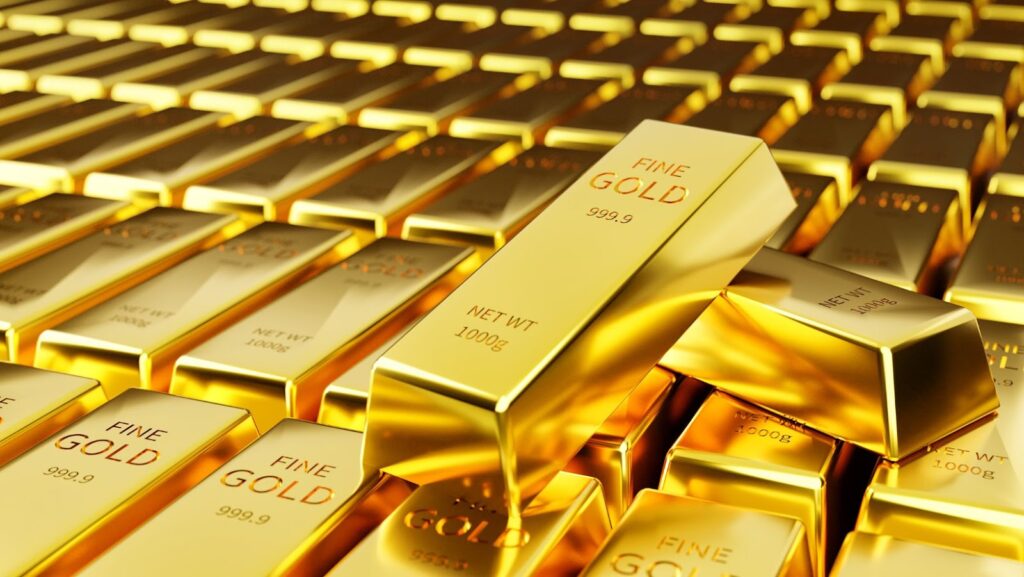Gold has fascinated humans for centuries. Its shine and rarity make it unique. What makes gold so special? Before you explore the science behind this precious metal, take a look at BetLabel for the latest odds on live sports betting.
The Chemistry of Gold
Gold is an element. Its chemical symbol is Au, from the Latin word “aurum.” Gold is like the chill friend in the chemistry world—one of the least reactive elements out there. Gold lasts for a very long time, and it doesn’t lose its shine. It almost never gets rusty. It belongs to a group of metals called transition metals. These features make gold very stable and long-lasting.
The Physics of Gold
Gold’s appeal goes beyond chemistry. Its physical properties are extraordinary too. Gold is incredibly easy to shape and stretch. This quality allows artisans to create intricate designs. Its density is another remarkable feature. Gold is much denser than most metals. This gives it a heft that is often associated with value.
The Color of Gold
Most metals appear silver or grey, but gold is different. Its unique color is due to its electronic structure. The reflection creates the warm, golden glow we all recognize. Scientists explain this phenomenon through the theory of relativity.

Electrons in gold move at speeds close to the speed of light. This movement alters the wavelengths of light absorbed and reflected, giving gold its distinct color.
Gold in Technology
Usually, people think of gold as a piece of jewelry. Gold is also really important in technology. It conducts electricity extremely well. That’s why it’s used in electronics. Gold connections are found in computers and smartphones. They ensure efficient data transmission. Gold doesn’t rust, so it’s great for these uses. It’s safe for the human body and doesn’t cause any reactions. Hence, it’s used in medical devices and treatments.
Gold’s Role in Medicine
Gold nanoparticles are tiny particles of gold. They are being researched for their medical applications. Scientists are looking into using gold nanoparticles for targeted drug delivery. These tiny particles can deliver medicine straight to cancer cells, helping to protect healthy cells. Gold is also used in diagnostic tests. Its particles can help detect diseases quickly and accurately. These applications highlight gold’s versatility and importance beyond its beauty.
Economic and Cultural Significance
Gold has long been a sign of wealth. Because it’s rare and wanted, people have used it as money for a long time. Even today, many countries hold gold reserves. They serve as a financial safety net. Culturally, gold holds immense significance. It is used in religious ceremonies and traditional attire. Its allure is deeply embedded in human history and culture.
The Mystery of Gold’s Origin
Where does gold come from? The answer lies in the stars. Gold is created in the heart of supernovae.

These are massive cosmic explosions. The intense heat and pressure forge gold atoms. These atoms are then scattered through space. Over billions of years, they gather in our planet’s crust. This celestial origin adds to the mystique of gold. It truly is a gift from the stars.
Gold and Human Psychology
Why are humans so drawn to gold? Psychology offers some answers. Its rarity and luster make it desirable. Owning gold signifies wealth and power. Our brains are wired to appreciate its beauty. Gold also has a calming effect. Its warm color evokes feelings of happiness and positivity. This psychological impact reinforces its timeless allure.
Gold in Art and Culture
Throughout history, gold has inspired artists. Its brilliance captures light like no other material. Gold leaf is used in paintings and sculptures. It adds a divine quality to art. Many cultures have used gold to craft religious artifacts. These pieces symbolize purity and eternity. The artistic use of gold highlights its unique place in human creativity.



